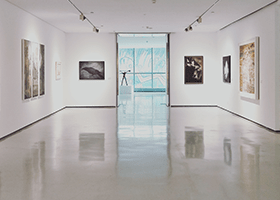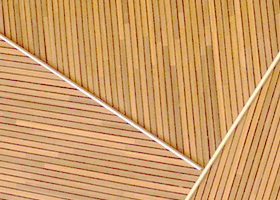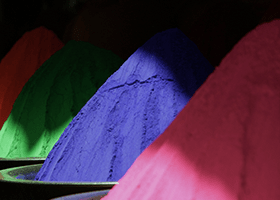This website uses cookies so that we can provide you with the best user experience possible. Cookie information is stored in your browser and performs functions such as recognising you when you return to our website and helping our team to understand which sections of the website you find most interesting and useful.
- Suggested keywords
- #Aisaengkag # FLAMECHECK # EPOCOAT
- PRODUCT14 Types
- Home
- Colture
- #Live
Colors of September: #Dalgonasaek and #Gaeulnokchasaek
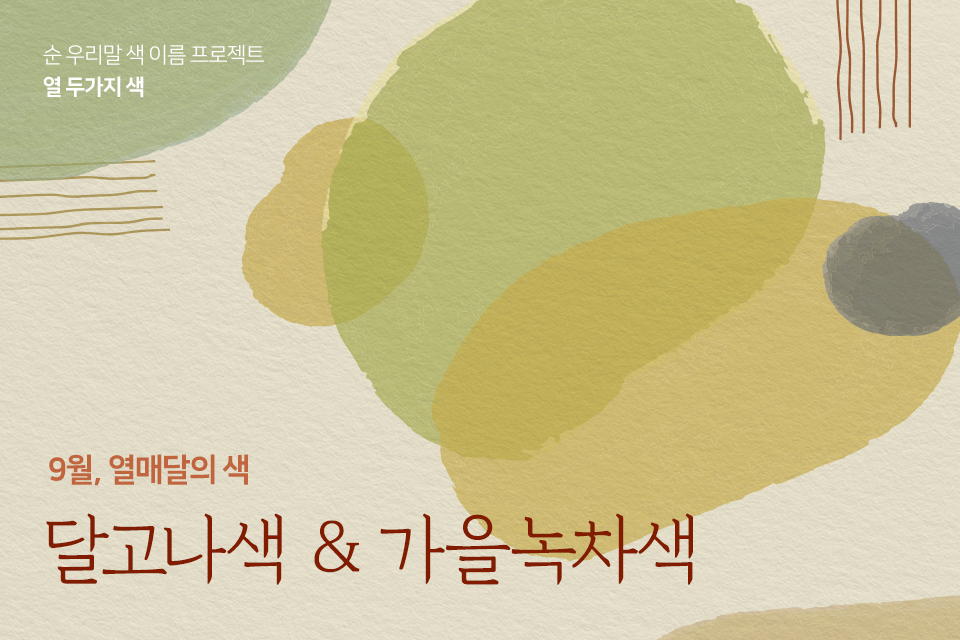
As part of the celebrations for its 75th anniversary, Samhwa Paints has given a native Korean name to each month of the year and also selected the colors representing each month. It’s now time for the name and colors to be revealed for the month of September.
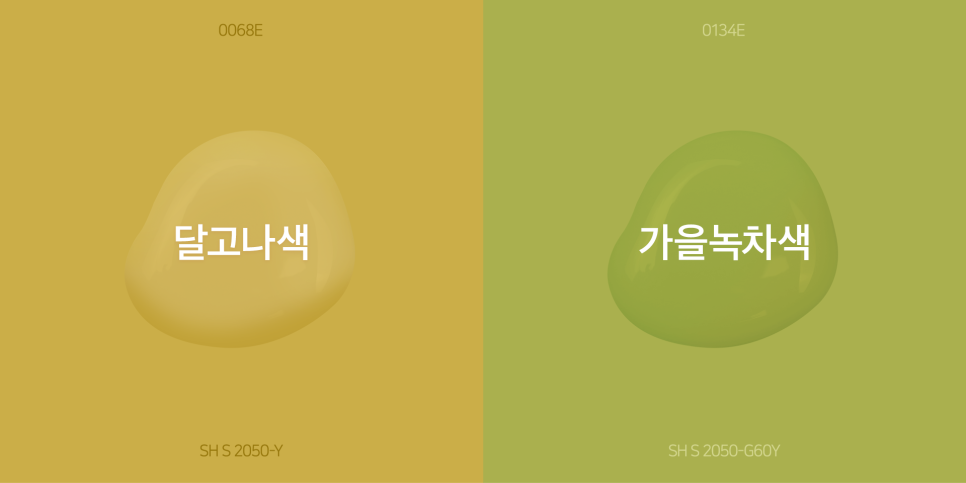
Yeomaedal, meaning “the fruit-bearing month,” is the name Samhwa has given the ninth month of this year. As the scorching heat subsides and the air turns even slightly chilly from evening to morning, the fruit on the trees continue to grow larger and riper. Dalgonasaek (“Honeycomb Toffee”) and Gaeulnokchasaek (“Autumn Green Tea”) are both colors found on many of the growing fruits this time of the season.

The heat and height of summer recedes and leaves on tree branches begin to show tinges of yellow. As we escape the broiling day-and-night heat of the past couple of months, we begin to regain our appetites. The juicy, chilled fruit we craved to quench our thirst and lower our body temperature throughout the summer begins to be replaced by anticipation of all the sweet fruits and vegetables that will soon be harvested at the height of autumn. Dalgonasaek is just the color that captures the sweetness we expect of this new season.
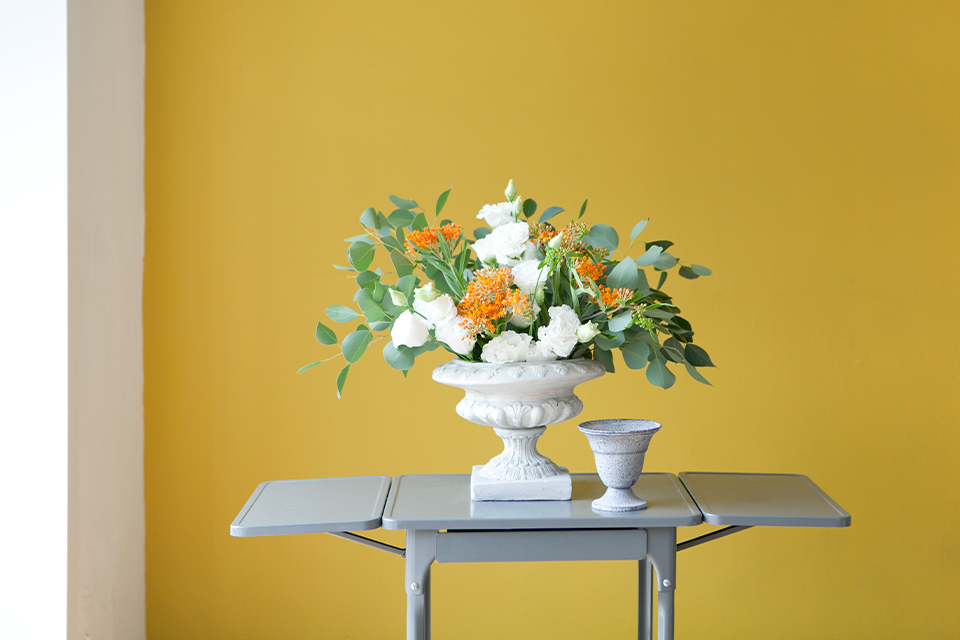
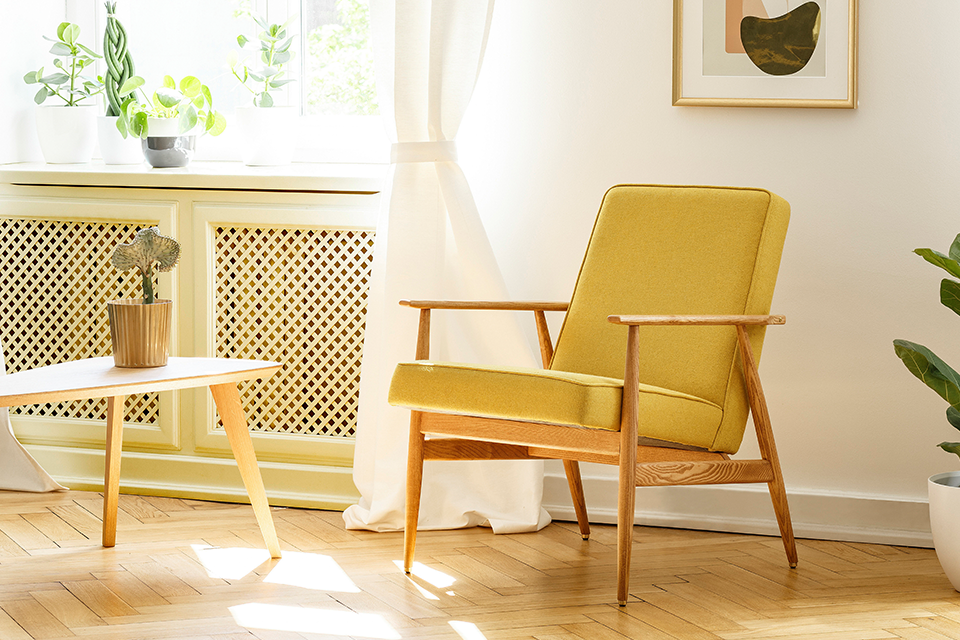
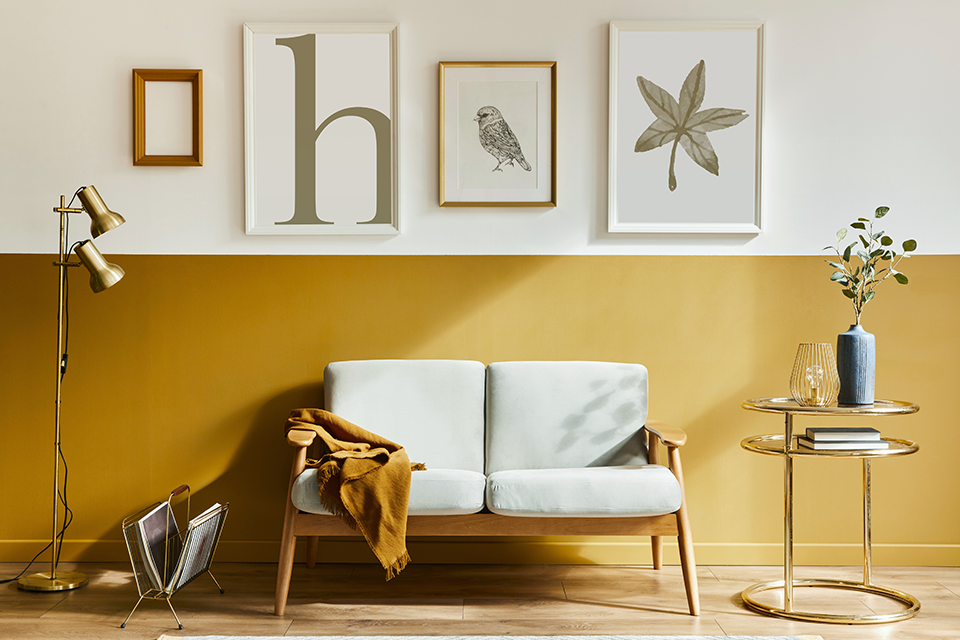
Deep yellows like Dalgonasaek add warmth and coziness to any space. We especially recommend it for the living room, as that is where most family time happens.
Unlike other more vivid warm colors like orange and red, Dalgonasaek can easily be applied onto broad surfaces, and still produce the desired exotic feel. If white is the main color in your home or living room, use Dalgonasaek on a few key pieces of furniture or other interior objects and you will see how the entire space looks warmer almost instantly.
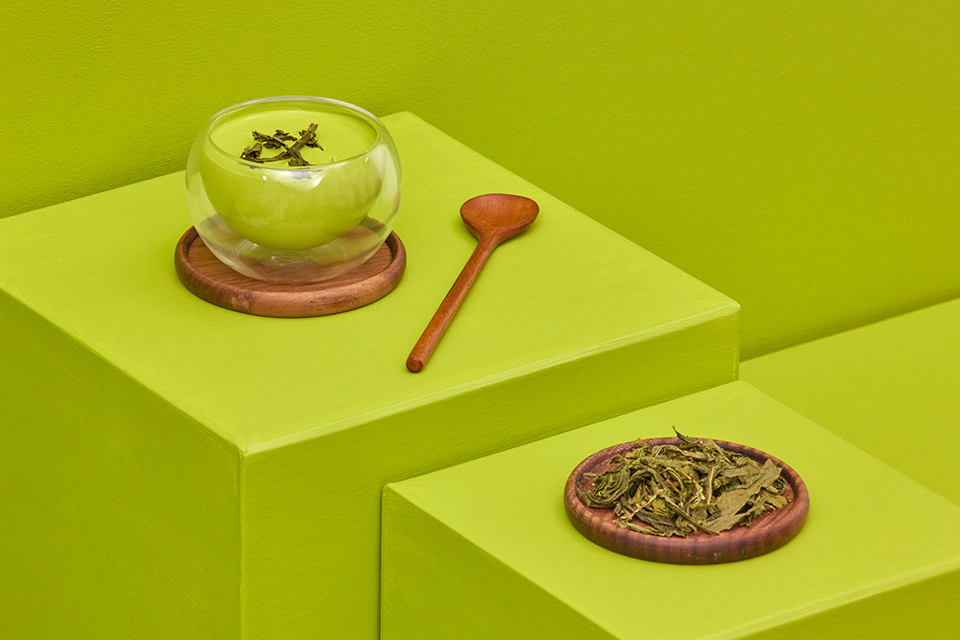
Have you seen tea fields sprawling endlessly over a vast plot of land? Under the gentle autumn afternoon sunlight, the view of their thriving makes the landscape appear like a magnificent green carpet. The unassuming white flowers of tea plants are hidden amid the green carpet during the day, but reveal their presence with their delectable fragrance by night. Gaze calmly at Gaeulnokchasaek and you will find yourself having forgotten the heat of summer and looking fervently forward to the cool, generous season just around the corner.
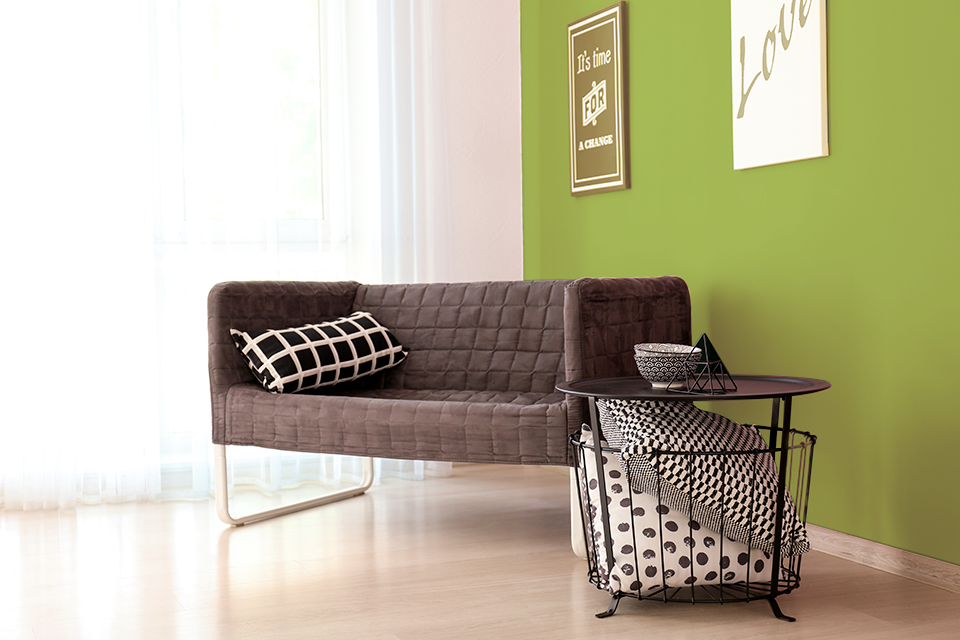
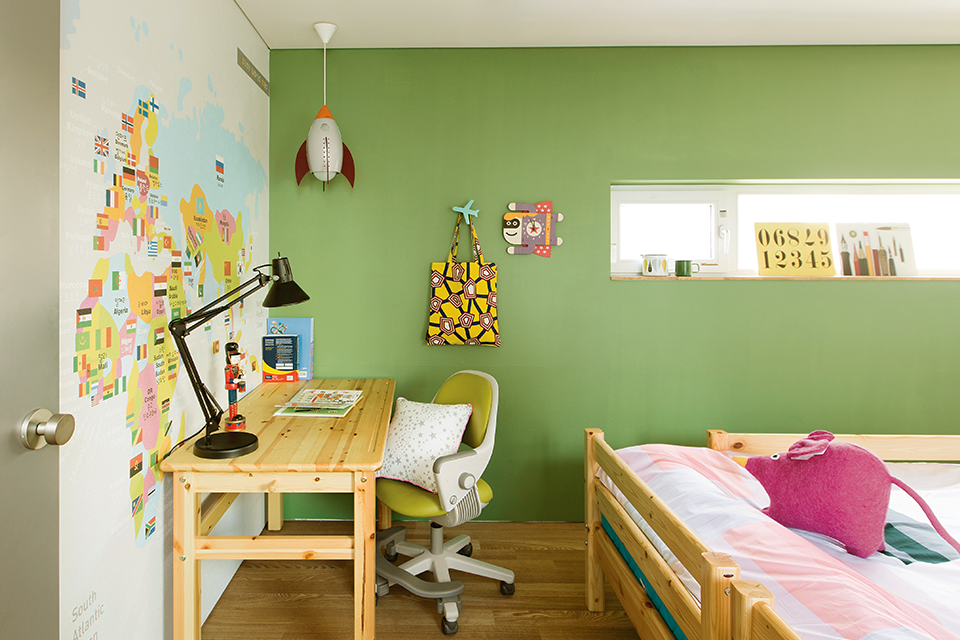
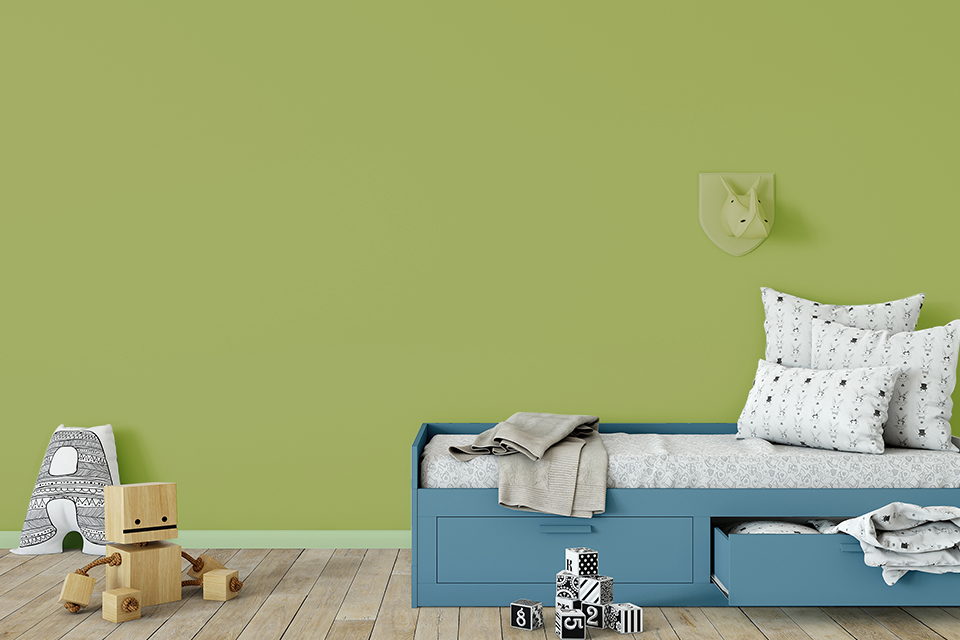
Greens like Gaeulnokchasaek are colors of nature that produce a soothing, calming effect. These colors indeed have the power to refresh our mood and harness our focus and are therefore perfect choices for studies and children’s rooms. You can also use Gaeulnokchasaek in the living room. Natural wood furniture and white can be a good fit, but you can also match it with soft yellows like Dalgonasaek for a softer feel.
What do you think of Samhwa’s choice of the name and colors for September? Stay tuned next month for more new names and colors in native Korean!
-
 Make your home safe with Samhwa paints
Create your own sanctuary reflecting your taste with Samhwa Paint!
Make your home safe with Samhwa paints
Create your own sanctuary reflecting your taste with Samhwa Paint!
-
 [Monica x Sunwoo Jung-a] Collaboration Live – “Burst It All”
[Samhwa Paint X Monica X Sunwoo Jeonga] MotifPainting campaign final video! New challenges in a new space
[Monica x Sunwoo Jung-a] Collaboration Live – “Burst It All”
[Samhwa Paint X Monica X Sunwoo Jeonga] MotifPainting campaign final video! New challenges in a new space
-
 Samhwa: The guardian of safety on industrial sites across Korea
The technology to protect people and the world, it's reassuring because it's Samhwa! Samhwa Paint is always present in our daily lives!
Samhwa: The guardian of safety on industrial sites across Korea
The technology to protect people and the world, it's reassuring because it's Samhwa! Samhwa Paint is always present in our daily lives!
surroundings exceptional
Colors of September: #Dalgonasaek and #Gaeulnokchasaek
2024.01.17
As part of the celebrations for its 75th anniversary, Samhwa Paints has given a native Korean name to each month of the year and also selected the colors representing each month. It’s now time for the name and colors to be revealed for the month of September.

Yeomaedal, meaning “the fruit-bearing month,” is the name Samhwa has given the ninth month of this year. As the scorching heat subsides and the air turns even slightly chilly from evening to morning, the fruit on the trees continue to grow larger and riper. Dalgonasaek (“Honeycomb Toffee”) and Gaeulnokchasaek (“Autumn Green Tea”) are both colors found on many of the growing fruits this time of the season.

The heat and height of summer recedes and leaves on tree branches begin to show tinges of yellow. As we escape the broiling day-and-night heat of the past couple of months, we begin to regain our appetites. The juicy, chilled fruit we craved to quench our thirst and lower our body temperature throughout the summer begins to be replaced by anticipation of all the sweet fruits and vegetables that will soon be harvested at the height of autumn. Dalgonasaek is just the color that captures the sweetness we expect of this new season.



Deep yellows like Dalgonasaek add warmth and coziness to any space. We especially recommend it for the living room, as that is where most family time happens.
Unlike other more vivid warm colors like orange and red, Dalgonasaek can easily be applied onto broad surfaces, and still produce the desired exotic feel. If white is the main color in your home or living room, use Dalgonasaek on a few key pieces of furniture or other interior objects and you will see how the entire space looks warmer almost instantly.

Have you seen tea fields sprawling endlessly over a vast plot of land? Under the gentle autumn afternoon sunlight, the view of their thriving makes the landscape appear like a magnificent green carpet. The unassuming white flowers of tea plants are hidden amid the green carpet during the day, but reveal their presence with their delectable fragrance by night. Gaze calmly at Gaeulnokchasaek and you will find yourself having forgotten the heat of summer and looking fervently forward to the cool, generous season just around the corner.



Greens like Gaeulnokchasaek are colors of nature that produce a soothing, calming effect. These colors indeed have the power to refresh our mood and harness our focus and are therefore perfect choices for studies and children’s rooms. You can also use Gaeulnokchasaek in the living room. Natural wood furniture and white can be a good fit, but you can also match it with soft yellows like Dalgonasaek for a softer feel.
What do you think of Samhwa’s choice of the name and colors for September? Stay tuned next month for more new names and colors in native Korean!
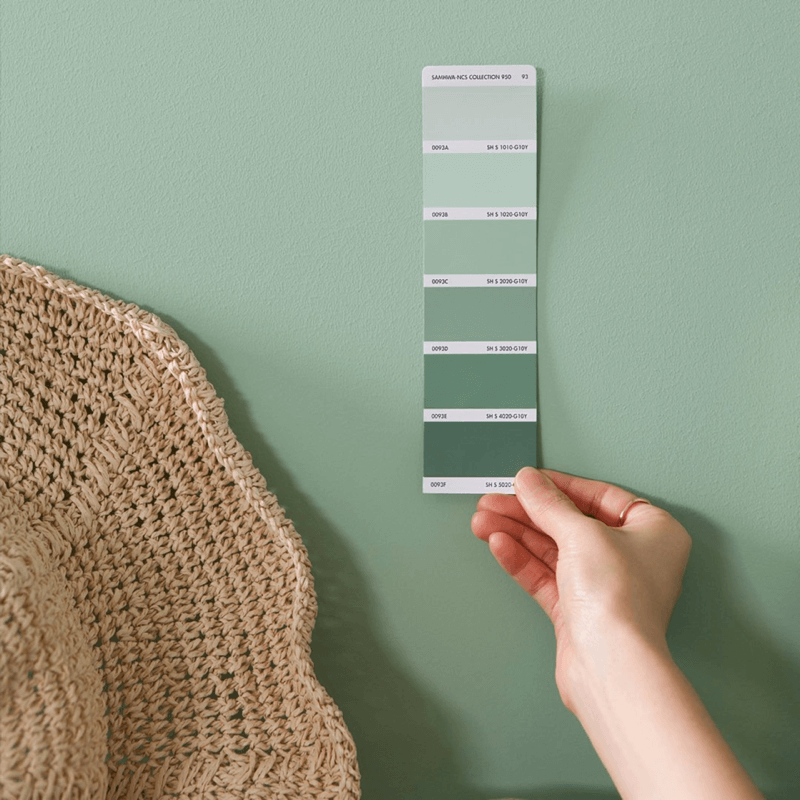 Wall paint
친환경 벽지 페인트
Wall paint
친환경 벽지 페인트

